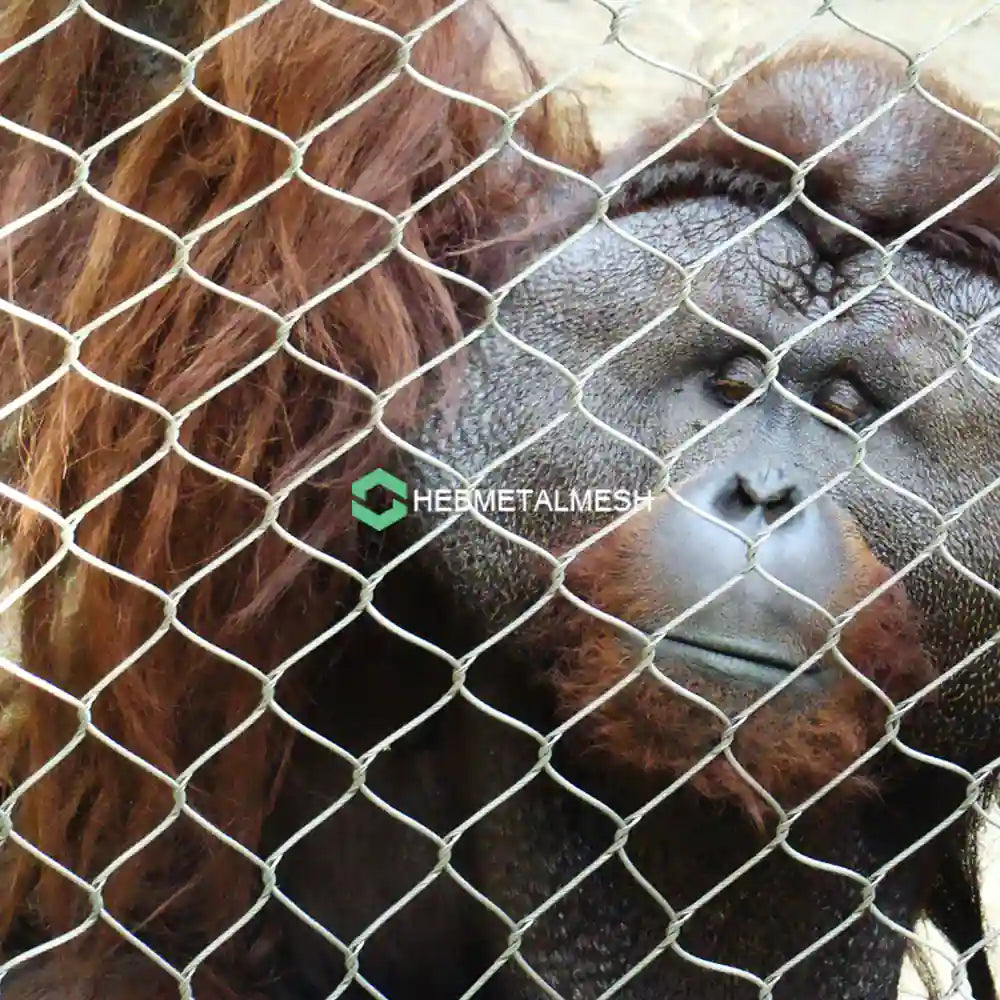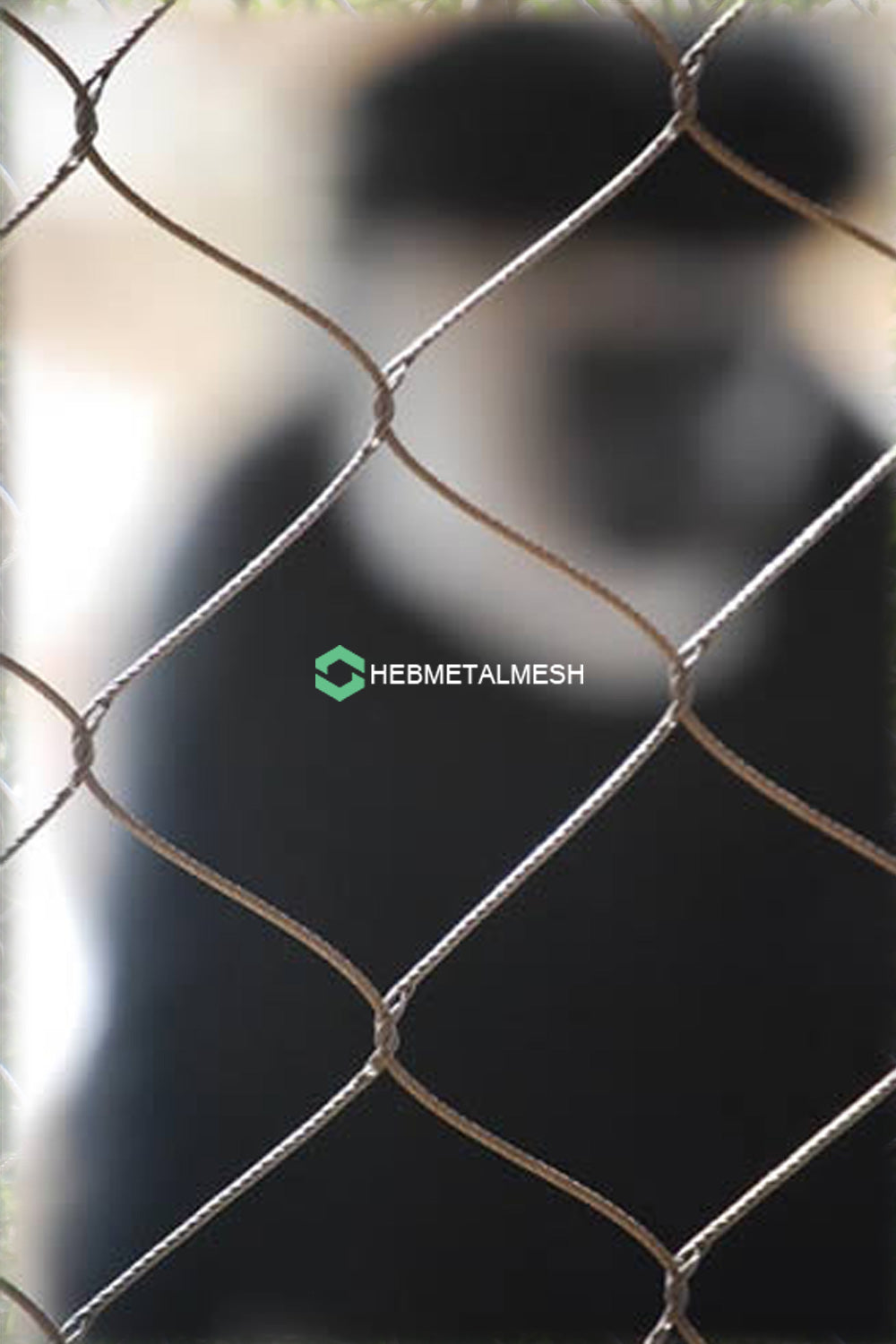
Understanding the Importance of Animal Enclosure Netting
Explore the importance of animal enclosure netting in our comprehensive guide. Understand the safety, ethical considerations, material choices, and aesthetic value that proper netting brings to zoos, parks, and sanctuaries.
In the realm of animal care and wildlife conservation, one prevailing component that ensures the safety, protection and overall well-being of animals is animal enclosure netting. Whether you are managing a zoo, an aviary, a sanctuary, a livestock farm, or your beloved pet at home, implementing high-quality netting for the enclosures is indeed a vital aspect one must pay heed to. This article aims to enlighten you on the significance of animal enclosure netting, demystifying its benefits and various aspects.
Animal enclosure netting, also referred to as zoo mesh, wildlife netting or aviary netting, is essentially a framework of interlaced strands of durable materials such as stainless steel, polyethylene, nylon and the likes. These materials are expertly crafted to withstand different external conditions and impacts. It is designed to function as a preventive barrier, restricting the movement of animals to their designated habitat while offering them ample space for their natural behavior.
Addressing Safety:
Safety remains the primary function of animal enclosure netting. Given the diverse species housed in zoos and sanctuaries, netting serves as a secure barrier that prevents them from escaping their enclosures and potentially causing harm to themselves or others. It's not just about keeping the animals within their designated places; it's also about ensuring that they are safe from external threats. The netting is carefully designed to ensure it is not harmful or injurious to the creatures inhabiting the space.
Promoting Ethical and Natural Living Conditions:
Animal wellbeing is at the heart of any enclosure's design. A well-planned and executed enclosure netting ensures that animals have enough room to roam, play, and live comfortably, mimicking their natural habitats as closely as possible. This aspect significantly enriches their quality of life, leading to healthier and happier animals.
Materials and Durability:
Animal enclosure netting comes in a variety of structures and materials, each meeting the specific needs of different species and environmental situations. Stainless steel netting, for instance, boasts excellent durability, corrosion resistance, and impact resistance, making it ideal for enclosures housing large or strong animals. On the other hand, materials like polyethylene or nylon are lightweight yet robust, ideal for bird aviaries or smaller animal exhibits.
Keeping the Visitors Safe:
Apart from protecting the animals, the enclosure netting also plays a pivotal role in ensuring the safety of visitors. It safeguards the visitors from sudden and unpredictable reactions from animals, thus creating a worry-free and enjoyable environment for animal observation.
Aesthetic Appeal:
In addition to being functional, modern animal enclosure netting also contributes significantly to aesthetic value. With advancements in technology, zoos and parks can now choose from a plethora of options that blend seamlessly with the overall layout, promoting an immersive atmosphere where visitors can take pleasure in the beauty of wildlife without compromising the safety and comfort of the animals.
In summary, animal enclosure netting plays a crucial role in the management and successful running of zoos, parks, farms, and sanctuaries. They serve as a vital tool in animal conservation, ensuring their safety and promoting healthy, environmentally-ethical and happy habitats. From the smallest of bird aviaries to the largest of zoo enclosures, animal netting is one tool that is both effective and versatile, assuring the highest standards of animal care and visitor safety.

